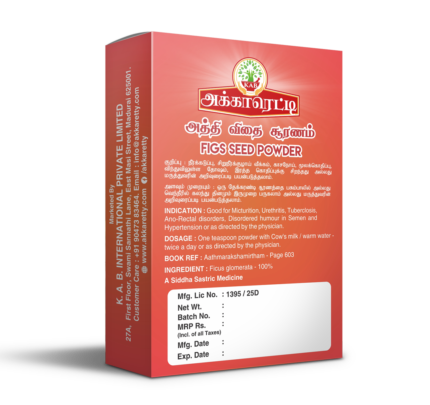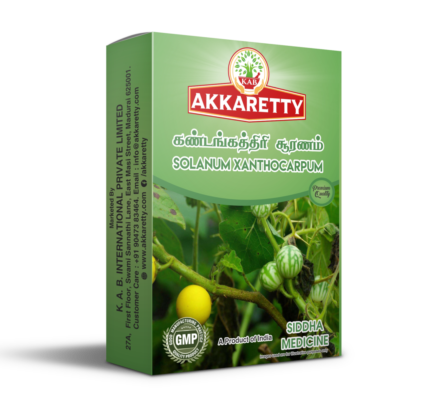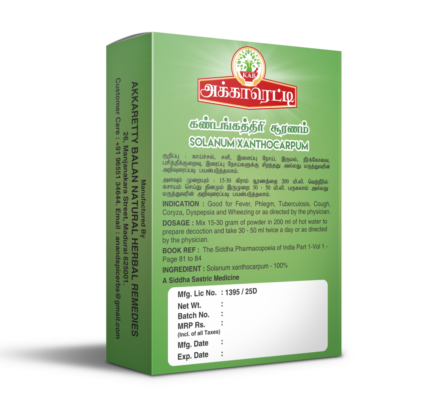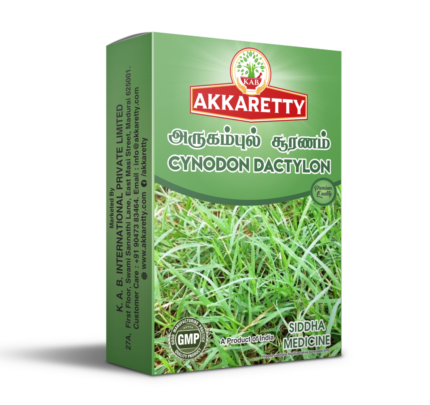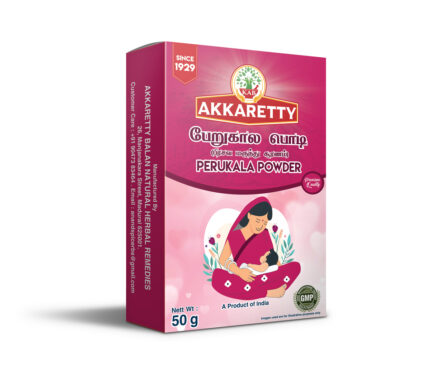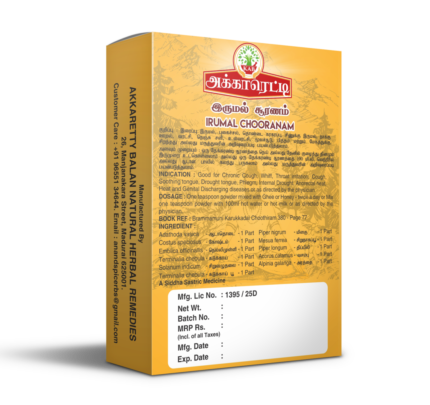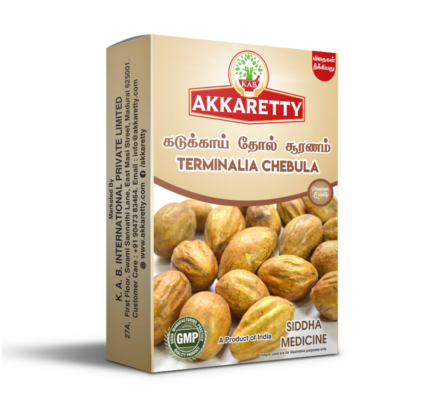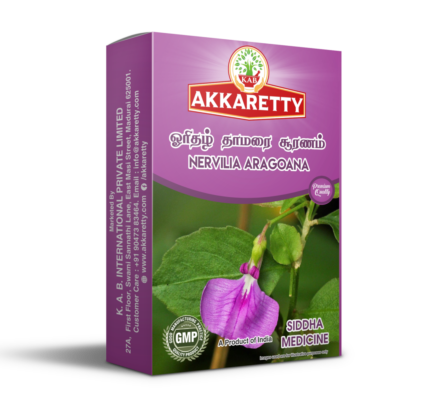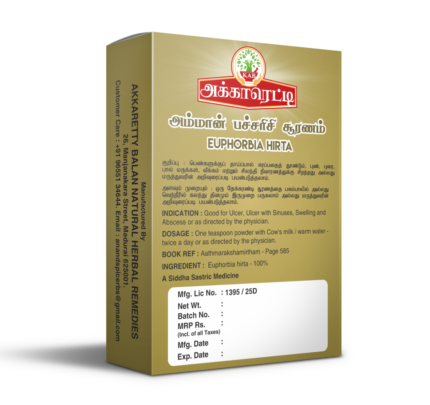Description
Tulsi (Ocimum sanctum) is a widely grown, sacred plant of India. Hindus grow Tulsi as a religious plant in their homes, temples and their farms. They use Tulsi leaves in routine worship. Tulsi, grown as a pot plant, is found in almost every traditional Hindu house. The natural habitat of Tulsi varies from sea level to an altitude of 2000 m. It is found growing naturally in moist soil nearly all over the globe. Tulsi is a branched, fragrant and erect herb having hair all over. It attains a height of about 75 to 90 cm when mature. Its leaves are nearly round and up to 5 cm long with the margin being entire or toothed. These are aromatic because of the presence of a kind of scented oil in them. A variety with green leaves is called Shri Tulsi and one with reddish leaves is called Krishna Tulsi. Tulsi flowers are small having purple to reddish color, present in small compact clusters on cylindrical spikes. Stalkless heart-shaped bracts are there at the base of each flower cluster. Sepal cup is not hairy within. Flowers are rarerly longer than 5 mm, calyx tube bearded outside near base. Flower tube is hairy. The fruits are small and the seeds yellow to reddish in color.
Medical Benefits:
Good for Food aversion / Distaste, Ulcer, All types of Sinusitis, Thirst and Fever.
| Botanical Name | Common Name | Hindi | Malayalam |
|---|---|---|---|
| Ocimum Sanctum | Sacred Basil | तलु सी / Tulsi | തുളസി / Tuḷasi |









